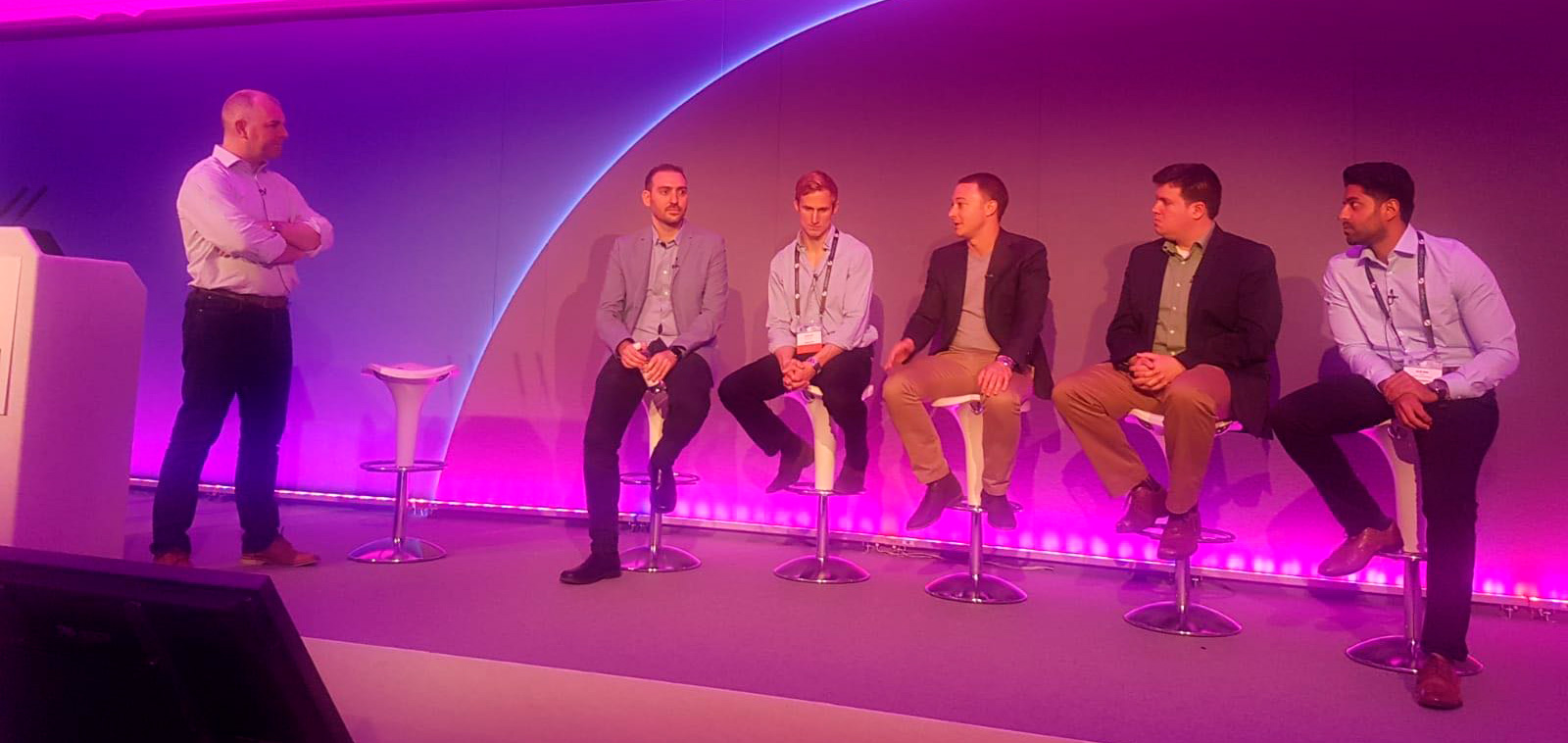MRC London Recap: Scaling Fraud, Payments, Data, and Technology for International Success
Merchant Risk Council (MRC) is one of the most dynamic and esteemed conferences in Europe for payments, risk, and fraud professionals. MRC’s mission is to “facilitate collaboration between eCommerce payments and risk professionals.” MRC London 2019 brought together over 650 industry professionals to discuss strategies, challenges, growth opportunities, and best practices regarding fraud and payments. We attended the conference and participated in a panel and are happy to share a recap of three interesting sessions.
Geographic Expansion: Moderated by David Redmond, Inditex
Participants: Robert O’Neill (TripAdvisor), Bradley Riss (Checkout.com), Steven Hai (Ingenico), Duncan Barrigan (GoCardless), and Michel Golffed (dLocal)
Our VP of Growth, Michel Golffed, participated in the Geographic Expansion Panel and talked about the operational challenges in India. “Cash on delivery” is huge in India today, representing 25% of the eCommerce pie, and expected to maintain its share of the market in the coming years. The central bank is working on demonetizing the economy with the help of a system they developed called Unified Payments Interface (UPI). UPI is an instant, real-time payment system connected to 150 banks and financial institutions that facilitates interbank transactions between two bank accounts on a mobile platform. With 65% of India’s population under the age of 35, smartphone adaptation is extremely high, and the majority of the public is quick to adopt new technologies. Since each payment method has its own protocols and regulations, it was very difficult to streamline payments before the introduction of UPI.
Key takeaway: UPI is gaining popularity in India and will potentially impact alternative payment methods popularity alongside it.

Friendly Fraud: Moderated by Julie Ferguson, Ethoca
First of all, what is friendly fraud? Fraud, as we know, is a form of criminal deception, intended to result in some form of financial or personal gain. Friendly fraud is entirely different, as it involves no malicious intent from the cardholder, yet carries a high cost to merchants everywhere.
Imagine you are reviewing this month’s bill when you see a charge of $30 by “wpchrg.com 8772733049.” This descriptor doesn’t sound like anything you had purchased, so you dispute the charge. Reality is, this is the descriptor name of an online food delivery service and you didn’t recognize it because of the unfamiliar descriptor. Another example of friendly fraud could be that your son bought something online at “wpchrg.com” and didn’t tell you, making you think this is a fraudulent purchase.
Other examples of friendly fraud are known as “buyer’s remorse” or “gaming the system.” Let’s say you are feeling down and decide to go online shopping to cheer yourself up. You buy some nice clothes on ASOS then forget about the whole ordeal. A week later your shipment comes in, you regret making that purchase and request a chargeback.
Key takeaways: These scenarios can happen to any company and can result in big losses on a daily basis. It’s important to have good communication with your users in order to prevent these scenarios. Be proactive in the way you communicate: have a clear descriptor, find ways to reach out to your customers in case of chargebacks, and have a refund policy in place to avoid them in the first place.
Fraud in Online Marketplaces: Moderated by Vanita Pandey, Simility
There are three “players” in the conventional marketplace: the platform, the buyer, and the seller. The platform acts as a moderator and needs to protect the buyer from fraudulent sellers and protect the seller from the fraudulent buyers.
The platform must ensure that the buyers aren’t using a stolen credit card and making fraudulent purchases, and that they aren’t collaborating with money launderers and “fake sellers” (i.e., claim to sell pianos online when they are actually selling keychains shaped like pianos or using it as a code word for weed) by performing a proper “know your customer” (KYC).
In addition, the marketplace must always be of value to its users, making sure they don’t bypass it and cut a deal directly. Otherwise, a renter scrolling on an Airbnb site may choose to directly talk to the house owner in order to get a better deal.
Key takeaway: The platform needs to be a place that facilitates trust between the merchant and the buyer—a place where you as a buyer know you are getting your money’s worth and have someone to talk to when you have a problem with the product you received. This adds value that can’t be guaranteed when purchasing something from the seller directly. When the platform vendor takes better care of the buyers using it, he is ensuring they will continue using it and recommend it to others.
The Future of Payments
The digital commerce landscape innovates at a lightning pace, constantly shifting and presenting new opportunities and challenges alike. With the development and evolution of data sharing, virtual marketplaces, blockchain, open banking, cryptocurrencies, and global intelligence networks, the online market is fluid and no longer restricted by domestic borders. With the ever-evolving landscape, it’s essential to continue learning, to always be informed of the changing culture of fraud and payments, and to keep up with the ways they are adapting on a global scale.








